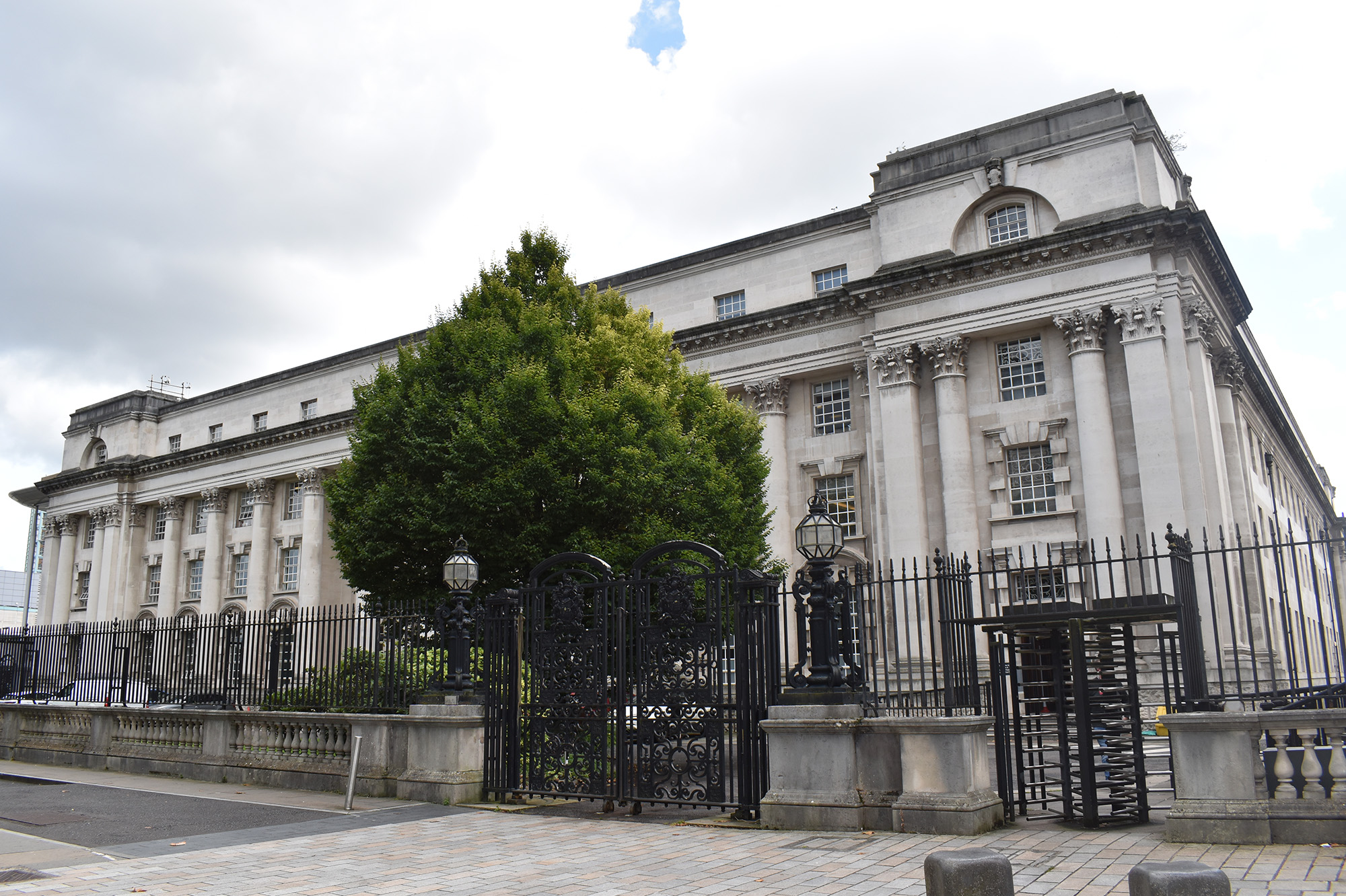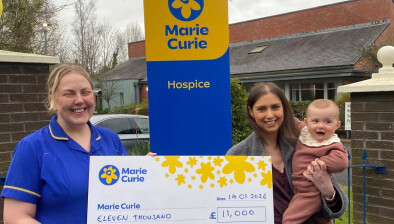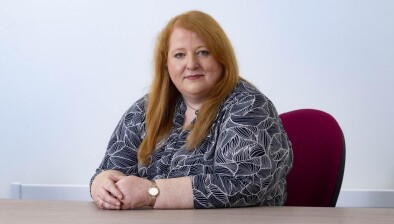NI High Court: Ninth child of ‘non-cooperative’ couple placed for adoption without contact

Northern Ireland’s High Court has determined that it was in the best interests for a 21-month-old child to be adopted, without a contact order, where the actions of the parents represented a cycle of neglect which showed no signs of improving.

About this case:
- Citation:[2022] NIFam 31
- Judgment:
- Court:NI High Court
- Judge:Judge David McFarland
Background
RH was born in January 2021 and was 21 months old at the time of this case. Her mother has six older children by another man, all of whom are being cared for in long-term foster placements in Ireland. The mother does not have contact with any of them.
The father has one previous child also, and RH has one younger full sister. Given previous involvement by social services, north and south of the border, with each parent, there was a rapid pre-birth assessment.
RH was released from hospital three days after birth into foster care by voluntary agreement, although an interim care order was applied for and granted on 22 January 2021, leading to this case.
In fact, the court found that the role of social workers and the Trust had become a “long-running sore” for the father in this case, and had “infected his approach to RH’s case”.
The Trust’s application was for a care order, with a care plan of permanent adoption. In applying for this order, the Trust sought to dispense with the consent of both parents. The Trust’s applications were supported by the guardian ad litem, but opposed by each parent.
Concerns raised
The Trust’s arguments focussed on three aspects of the case; the historic concerns about the mother, the historic concerns about the father, and the current concerns about the couple.
Their submission noted that the mother had failed to disclose the pregnancy until 36 weeks, and that this was because of the couple’s fixation with confrontation with statutory agencies. This approach impeded their ability to develop insight, to work in partnership, and to make the necessary changes to ensure the child would receive safe and secure care.
The mother told a midwife that the reason for the delay in presentation of her pregnancy was her difficulties in registering with a GP when she came to live in Northern Ireland. However, the father claimed that they had not disclosed the pregnancy because they had been unaware of it for the first 36 weeks.
He claimed this was because the mother had a slight build, and therefore neither parent was able to discern that she was pregnant. Although the evidence indicated that RH was a small baby (2.2 kg), the court rejected the father’s excuse for several reasons.
Firstly, the court noted that the father’s claim contradicted the mother’s story. Secondly, this was the mother’s seventh child, and she was surely experienced about the signs of pregnancy.
While the court did “not necessarily” consider the father to be an untruthful witness, the court did find that “he tells deliberate untruths or lies”.
When engaging with the Trust, both parents were often confrontational, aggressive, threatening, non-cooperative and “just plainly hostile to social work and administrative staff”.
The Trust’s case was that RH was likely to suffer significant harm attributable to the care that was likely to be given to her by her parents. That harm could arise from a repetition of the neglect evidenced earlier by the mother’s parenting, which included poor, unhygienic, and chaotic home conditions.
Their inability to work with professionals would also prevent proper monitoring and advice being given and received from Trust officials.
The main concern was that of emotional harm to the child, while at home and when in the presence of her parents.
Consideration
In assessing the gravity of these claims, the court noted that this was “not a matter of mere speculation”, given that all nine of their collective children had been removed from their care.
Although the court accepted the position in Re B [2013] UKSC 33, that adoption should always be considered as a “last resort”, and when “nothing else will do”, this was balanced by the court’s perception that the parents were unlikely to improve.
The first major difficulty was that neither parent acknowledged their own deficiencies in their parenting ability. The second was their apparent lack of motivation to change. The father was 46 and the mother was 30, and the court found that they had, “now reached a stage of there being no prospects of a realistic possibility of reducing or mitigating the risk of harm to RH should she be returned to her parents’ care”.
Finally, the court considered the advantages of adoption. The judge argued that, “The parents, through their own decision making, are becoming less relevant people in the child’s life”. If the parents continued to share parental responsibility this would be a major impediment for RH to establish a safe and secure upbringing.
In the circumstances, the court believed that the care planning reached a conclusion which was in the best interests of RH. The court also considered that a reasonable parent would consent to the freeing of RH for adoption and would dispense with the consent of each parent.
Conclusion
Ultimately, the court found that the proposal of adoption engaged the right of respect for the child’s, and each parent’s, private and family life, and the proposed interference was shown to be both necessary and proportionate.
For these reasons, the court made a care order approving the care plan for adoption, dispensing with the need to obtain consent of the parents.
If the parents become motivated, then contact can be re-introduced at a pace which is acceptable to RH’s overall welfare.











